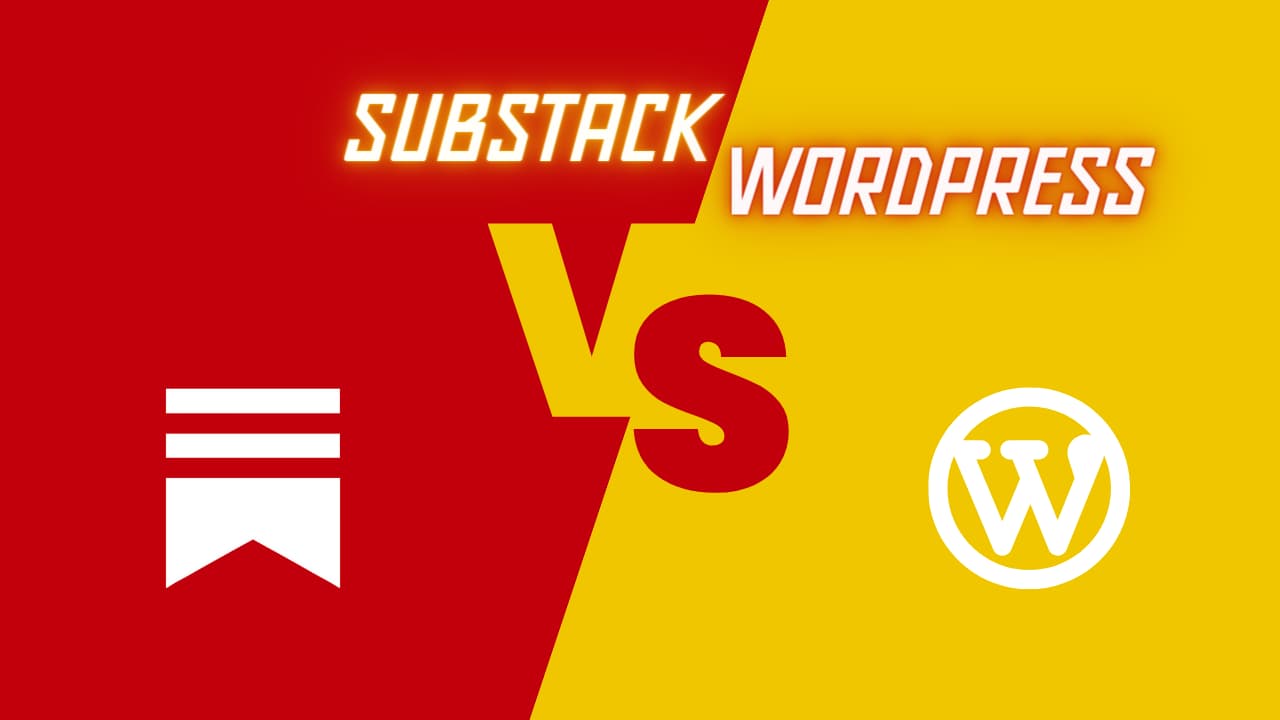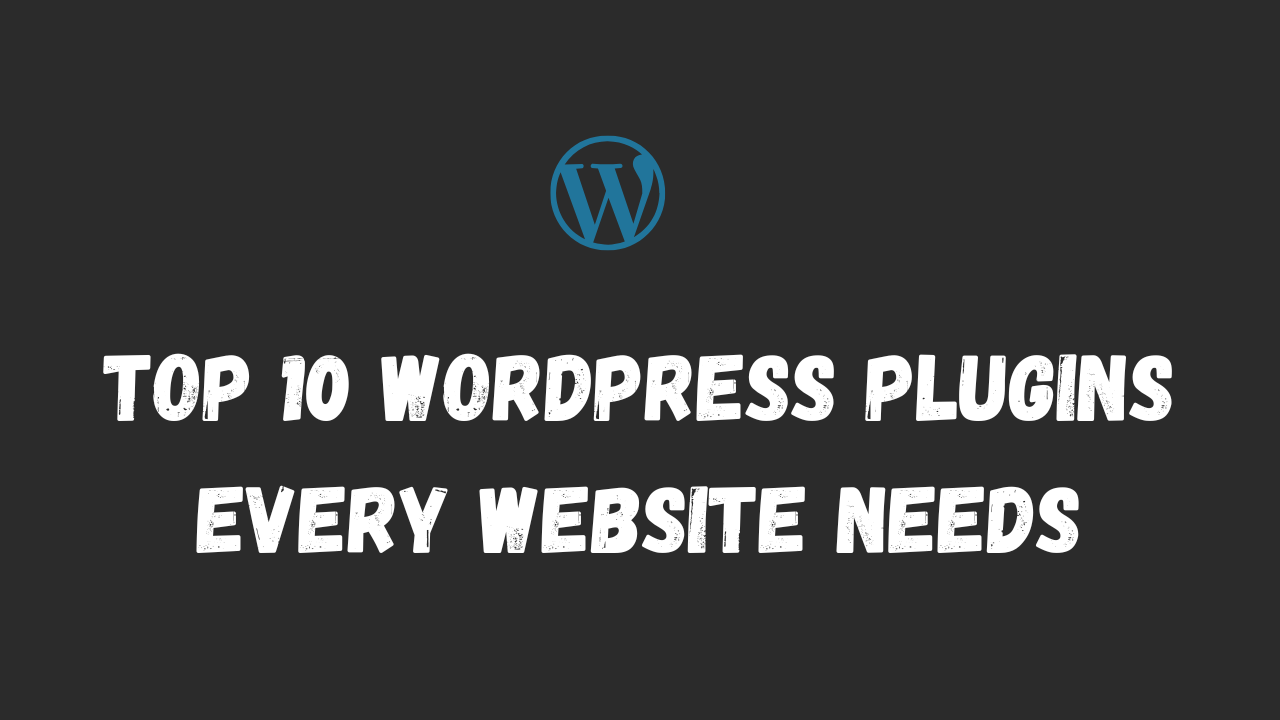Substack vs WordPress: What’s the Difference?

Did you find a comparison between Substack vs WordPress? And the secret to knowing which is best for you?
Substack and wordpress are both publishing platforms, they can allow you to sell or publish online content and also sell email subscriptions. There are many differences between Substack and wordpress when you come into the world of blogging and email subscribers. With the right setup, you make pretty much everything. You can find 43.1% of websites made with WordPress on the internet.
In this blog post, I am telling you the differences and similarities between Substack and WordPress and its pricing/fees, pros/cons, integrations, and functionality. You can get some tips and suggestions which is best for you.
Understanding Substack vs WordPress
Here we give an overview of Substack vs WordPress that are most popular platform on the web, and highlight the features that make it stand out.
What is Substack? And how do use this?
Substack: Simplifying Newsletters and More For beginners, Substack’s integration of email newsletters and blogging is a breeze to comprehend. Explore its perks for new content creators, including its subscription model and user-friendly features.
Substack is a popular online platform that empowers writers, journalists, and content creators to easily start and manage their newsletters. Launched in 2017, Substack has gained widespread recognition for its simplicity and effectiveness in enabling individuals to build and monetize their audience through email newsletters.
Fellow few steps:
- Sign up on Substack with your email, and create a newsletter.
- Write captivating content using the user-friendly editor.
- Share your newsletter link to grow your subscriber base.
- Engage with subscribers and consider monetizing your content.
What is WordPress? And how do use this?
WordPress: Crafting Your First Website WordPress, known for its user-friendly interface, provides an ideal starting point for new bloggers. Discover its features, from easy website hosting to diverse monetization options and content management tools.
WordPress is a powerful and widely used content management system (CMS) that allows users to create and manage websites, blogs, and online applications. Launched in 2003, it has become one of the most popular platforms, known for its flexibility, scalability, and extensive plugin ecosystem.
- Sign up with a hosting provider, and install WordPress.
- Choose a theme and customize it to your liking.
- Create content using the intuitive editor, and add media.
- Enhance functionality with plugins, and manage your site.
WordPress vs Substack comparison
WordPress is a versatile content management system, ideal for various websites, offering customization and diverse monetization options. Substack, in contrast, specializes in newsletters, providing a user-friendly platform for streamlined content creation and engagement. While WordPress is feature-rich and flexible, Substack caters specifically to writers and content creators seeking simplicity and direct engagement within the newsletter format.
Here are comparisons between Substack and WordPress.
| Feature | WordPress Blog | Substack |
|---|---|---|
| Purpose | Versatile website creation (Blogs, Business) | Newsletter-centric content distribution |
| Content Management | Robust CMS with various content types | Streamlined for newsletters |
| Monetization | Ads, e-commerce, memberships, diverse options | Primarily subscription-based models |
| User Interface | Feature-rich, customizable, steeper learning curve | User-friendly, focused on simplicity |
| Community Engagement | Comments, forums, social media integration | Direct engagement within newsletters |
| Flexibility | Highly flexible for various website types | Specialized for newsletters |
| Ease of Use | Requires learning, extensive customization | Beginner-friendly, simplified process |
| Cost | Initial hosting and domain costs, potential ongoing costs for themes/plugins | Free to start, Substack takes a percentage of subscription fees |
Substack vs WordPress: Similarities
Content Creation:
- Both platforms offer user-friendly interfaces for creating content.
- Substack focuses on simplified newsletter creation, while WordPress provides an intuitive editor for various content types.
Subscriber Management:
- Substack and WordPress include tools for managing and growing your subscriber base.
- Substack streamlines subscriber management within its platform, while WordPress has a user-friendly system.
Customization:
- Substack allows limited customization for newsletter branding.
- WordPress offers extensive customization options for website design, allowing for a personalized online presence.
Community Engagement:
- Substack encourages community engagement through comments and discussions within newsletters.
- WordPress provides diverse options for community engagement, including comments, forums, and social media integration.
Mobile Responsiveness:
- Both Substack and WordPress prioritize mobile-friendly designs.
- Substack ensures newsletters are optimized for mobile viewing, while WordPress themes are designed to be responsive.
Monetization Options:
- Substack relies on a subscription-based model for paid newsletters.
- WordPress offers diverse monetization options, including ads, e-commerce, and memberships.
Analytics:
- Substack provides basic analytics to track newsletter performance.
- WordPress offers robust analytics tools for gaining insights into website and content performance.
Understanding these similarities can help creators make informed decisions based on their specific content creation and distribution needs.
Substack vs WordPress: How do they compare?
Price:
Substack:
Substack offers a straightforward pricing model. The basic plan is free, providing essential features. For advanced functionality and monetization through subscriptions, Substack takes a percentage of subscription fees.
WordPress:
WordPress software is free, but the overall cost depends on hosting, domain registration, premium themes, and plugins. The pricing structure is flexible, allowing users to choose options that align with their budget and customization needs.
Integrations:
Substack:
Substack has limited integrations compared to WordPress. It focuses primarily on email-related functionalities, with options for basic customizations.
WordPress:
WordPress excels in integrations with its vast plugin ecosystem. Users can seamlessly integrate various tools, extending the functionality of their websites according to their specific needs.
Functionality:
Substack:
Substack specializes in newsletter creation and distribution. It provides a user-friendly interface but is more niche in functionality, particularly geared towards writers and creators.
WordPress:
WordPress is a versatile content management system, offering diverse functionalities for websites, blogs, e-commerce, and more. Its extensive features make it suitable for a wide range of online projects.
Ease of Use:
Substack:
Substack is known for its simplicity, providing an easy-to-use platform tailored for writers. The focused approach makes it accessible for beginners.
WordPress:
WordPress has a steeper learning curve due to its extensive customization options. While it may require some learning, the flexibility it offers is unmatched, catering to users with varying levels of experience.
Conclusions
In conclusion, the choice between Substack and WordPress hinges on the specific needs and preferences of content creators. Substack shines with its simplicity, specializing in newsletter-centric content creation, making it an excellent choice for writers. On the other hand, WordPress offers unparalleled versatility, catering to a wide range of website types with robust customization options. The decision ultimately depends on whether one prioritizes streamlined newsletter functionality or seeks a comprehensive platform for various online endeavors.
What is the difference between Substack and WordPress?
Substack is specialized for newsletter-centric content, while WordPress is a versatile content management system suitable for various website types, including blogs.
What is the difference between a blog and a Substack?
A blog is a type of website or part of a website that features regularly updated content, while Substack is a platform specifically designed for creating and distributing newsletters.
What’s better than Substack?
Alternatives to Substack include platforms like Medium, Ghost, and WordPress, each offering unique features and suitability based on content creation needs.
What are the disadvantages of Substack?
Some drawbacks of Substack include limited customization options, a focus primarily on newsletters, and the platform taking a percentage of subscription fees for monetized content.




